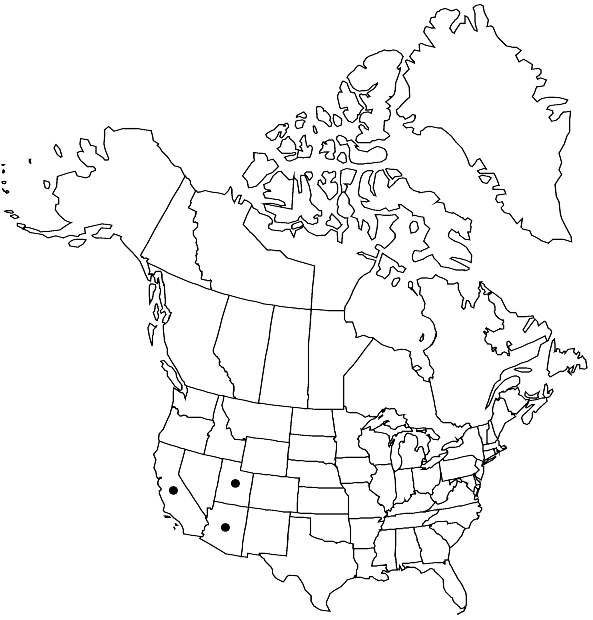Difference between revisions of "Entosthodon planoconvexus"
Moss Fl. N. Amer. 2: 80. 1935,.
FNA>Volume Importer |
imported>Volume Importer |
||
| (2 intermediate revisions by 2 users not shown) | |||
| Line 48: | Line 48: | ||
|publication year= | |publication year= | ||
|special status= | |special status= | ||
| − | |source xml=https:// | + | |source xml=https://bitbucket.org/aafc-mbb/fna-data-curation/src/2e0870ddd59836b60bcf96646a41e87ea5a5943a/coarse_grained_fna_xml/V27/V27_245.xml |
|genus=Entosthodon | |genus=Entosthodon | ||
|species=Entosthodon planoconvexus | |species=Entosthodon planoconvexus | ||
Latest revision as of 22:25, 5 November 2020
Plants 2–7 mm, yellowish green, the main axis often arising from a short fleshy rhizome. Leaves variously contorted when dry, oblong to obovate or spathulate, imbricate, somewhat concave, mostly 2–3 mm; margins serrulate distally; apices acute, abruptly narrowing to a short filiform point about 250 µm in length; costa ending 5–9 cells before the apiculus; basal laminal cells rectangular (50–55 × 20–35 µm), distal cells irregularly quadrate to elongate-hexagonal to short-rectangular, little differentiated along the margins. Seta 6–10 mm, straight, twisted, hygroscopic. Capsule yellowish to brownish, ovoid-pyriform with about half the length in the apophysis, 2–3 mm, sulcate when dry and empty; exothecial cells scarcely thickened, narrowly oblong and transversely elongate in 5–7 rows proximal to the mouth; operculum planoconvex; peristome well developed, exostome teeth reddish brown to brownish yellow, lanceolate, striate papillose, trabeculate basally, terminating in a coarsely papillose tip, endostome evanescent with low, broad, segments. Calyptra cucullate, long-beaked, inflated around the capsule, large, smooth. Spores 20–25 µm, bacculate-insulate.
Habitat: Sandy soil, canyons and desert washes
Elevation: moderate to high elevations
Distribution

Ariz., Calif., Utah.
Discussion
Selected References
None.